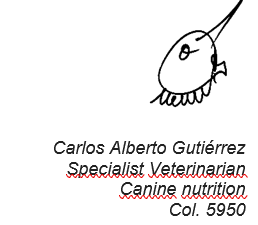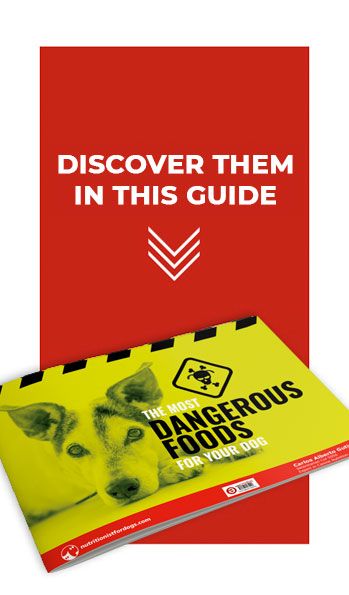
There is no doubt that canine obesity is a common problem in clinics, and its treatment remains largely unsuccessful.
Diagnosis is not difficult. The most important factors are recognition by the owner and their commitment to improve the situation; with these two factors, you have won half the battle. But why wait for the dog to become overweight when we can act beforehand through the owner’s education in?
At our veterinary clinic, we emphasize the great advantages of keeping a lean dog, both economically and for their health. For us, a nutritional consultation is a failure if we have overweight dogs, not to mention if they are obese!
Is obesity a frequent problem?
We mentioned this earlier. For reference, in the United States, canine obesity rose from 25% in 1996 to 34% in 2006. Currently, it is likely that more than 60% of dogs are overweight or obese.
How can I tell if my dog is obese or overweight?
Currently, there are a number of plans you can use, such as the one we have outlined here. The general guidelines that veterinarians should educate owners about to prevent overweight are as follows:
The ideal condition
Ribs should not be visible, but they should be palpable, covered by a thin layer of fat.
When viewed from above, the dog should have a noticeable waist. When viewed from the side, the dog should have a slightly tapered shape, i.e., widest at the chest, tapering towards the belly.
Is weight the key to weight reduction?
Weight is not everything, nor is it the most important. One cubic centimeter of muscle weighs more than one of fat. What does this mean in practical terms?
We can have two identical patients; one weighs 25 and the other 23. Which is the fatter? The answer is not as straightforward as it may appear; weight alone does not determine obesity here. The one weighing 23 could be “pure fat,” while the one weighing 25 is “pure muscle” and as a result, is leaner and healthier.
So, although weight is important, we should not rely exclusively on it but should also take into account the dog’s shape, as described above.
What are body condition and muscle condition?
Body condition is the visual analysis used to determine the body shape and, based on this, whether there is excess weight or obesity. The aforementioned method is used for this purpose.
Muscle condition is the general “meatiness” of the animal. With a little experience, you can learn to feel and assess the muscle mass and determine whether it is very flabby tissue or, on the contrary, there is strong muscle mass. It is similar to when we touch the body of a fit and exercised person compared to that of a sedentary person.
How many calories should you provide?
This is a very common question, and obviously, it is not the same to reduce weight in a 40-kilo dog as it is in one of 10-kilos.
Both must restrict the number of calories. Each case is analyzed separately.
Should the dog exercise while losing weight?
Yes, exercise is advisable unless the dog has a disease such as heart problems preventing it. The effect of exercise is generally very beneficial, even more so in patients in weight loss programs.
What are the consequences of obesity in dogs?
They are many and they are very bad, just like in humans. These include osteoarthritis, worsening hip dysplasia, exercise intolerance, greater risks during anesthetic procedures, dermatopathies (skin problems), diabetes, heart problems, and greater predisposition to developing certain types of cancer.
How to fight against the patient’s food cravings
One of the main causes of failure in the treatment of obesity is the owner’s desperation at seeing how their pet wants to eat more, steals food, rummages through the trash, etc.
Natural diets high in protein and with some fiber help combat this problem because fiber has a certain satiating effect that helps alleviate the dog’s hunger.
Within the nutritional plan, “treats” that are high in fiber and low in calories can be prepared.
If we provide a low-calorie diet, can we feed our dog as much we want?
It’s a common mistake people make: “I’m on a low-calorie diet; fruit is good for losing weight, so I can eat as much as I want.” They transfer this type of thinking to their dog’s diet.
We must remember that an important key in the weight-loss process is to reduce the total number of calories ingested.
When we have reached the desired weight, can we change the diet?
Yes, it is advisable to do so, but we have to decide what type of diet we are going to provide. It cannot be a high-calorie diet.
We must ask the owner about the dog’s activity. If it’s going to be given plenty of exercise, we have more possibilities to play with different types of diets.
Click here and fill out the questionnaire so that we can start working together.
Regards


